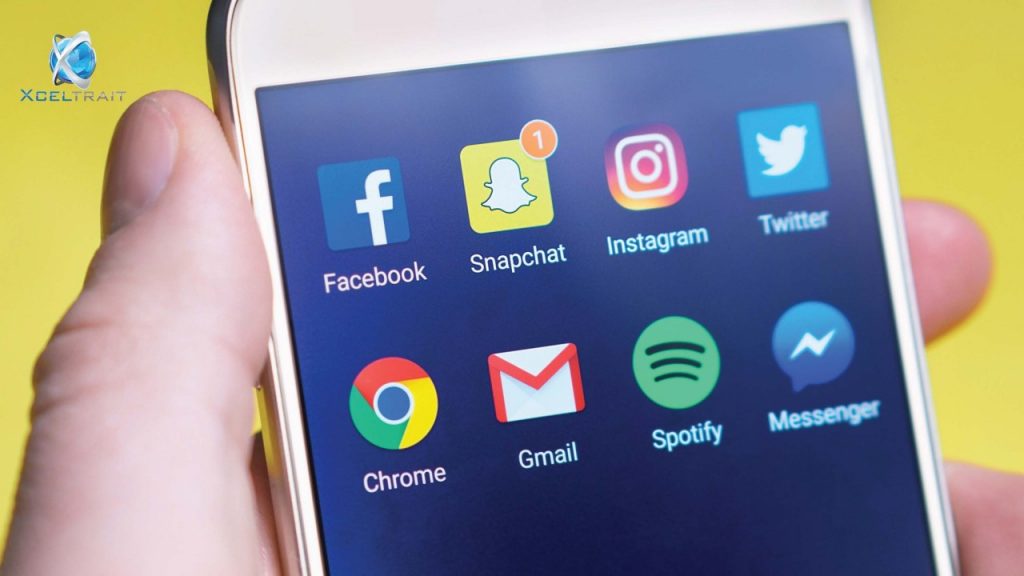
Gone are those days when businesses looked at social media as just a passing trend that would fade in years to come.
Social media platforms are becoming prominent with every passing day. Today, almost 3.9 billion people globally are active on social media.
Today, every business is acing its social media game to get a competitive advantage.
Businesses are using social media to educate their followers, develop thought leadership, create awareness about the business, connect with their consumers, and more.
Most importantly, social media is emerging as the primary center for offering customer support.
20.8% of U.S. users believe that social media is the best channel for customer service.
The writing is now evident on the wall – companies can no longer ignore the potential of social media customer service.
They need to develop strategies to build positive experiences for their customers and create a strong reputation for them in the digital world.
Let’s look at how businesses can master the art of customer service on social media.
5 Best Practices That Businesses Can Follow
- Set up a separate customer service account on social media
Most businesses consider using the same account for customer service and other social media activities. This makes it difficult for customer support teams to filter the complaints and address them quickly. Setting a separate customer service account will enable the team to respond faster. Of course, customers might raise support requests on the main account instead of service accounts. Businesses should create a seamless workflow to direct such customer queries to the support account. One way to do it is by responding to the customer from the support handle, so the conversation takes place in the right channel.
2. Monitor mentions on social media
According to a Salesforce survey, 80% of customers said that an instant reply from the business would strengthen their loyalty towards the business.
The best way to ensure that no customer query goes unanswered or unnoticed is by monitoring the mentions on social media. Businesses can use social listening tools to get data about the mentions on various platforms and respond to them accordingly. Tracking mentions can also help businesses to monitor trending topics and even manage crisis in certain cases.
3. Set up SLAs
If a business uses multiple social media channels, it is difficult to respond to all queries immediately. That’s where setting up SLAs help. Businesses can determine the response time for each platform, so customer support teams can prioritize the queries and respond.
For example, 85% of customers expect a response from businesses within six hours on Facebook, while 64% of customers expect a response within one hour on Twitter.
Facebook also puts a badge – ‘very responsive to messages’ on a business’ page if they respond to queries within a short turnaround time. Customers are impatient, so setting up SLAs will help the support teams to prioritize and respond.
4. Respond, don’t react
Considering the enormous amount of mentions that a business receives daily, it is natural for customer support teams to lose their poise while responding. A single wrong response could worsen the situation and even damage the business’ reputation. That’s where business guidelines and templates come to rescue. Businesses must set up general social media customer support guidelines to help customer service teams to stick to it. Templates can help the teams to save time on responding to common queries, enabling them to focus on larger customer issues. Another way to save the team’s time is by integrating chatbots for first-level responses.
5. Analyze compliments and complaints to improve customer experience
Samsung uses social listening tools not just to respond to customer queries, but also to find out the common issues faced by customers and to resolve them. Customers share feedback and ideas about the business on social media. Businesses should capitalize on it to innovate their offerings constantly. Social listening tools can generate data for businesses to make informed decisions and to improve the experience for customers.
Conclusion
The first step to start on this relatively new journey is by investing in Customer Service Management solutions and social media listening tools that can pull data from different social media platforms into a single platform for easy management.
Xceltrait offers a social media integration app called XcelSocial, which is built on the Now platform and integrates with the ServiceNow Customer Service Management platform with social media. XcelSocial proactively captures and manages customer issues from social media platforms, such as Facebook and Twitter, and brings them into the CSM environment and shows responsiveness to the greater social media audience.
XcelSocial helps bi-directional communication to comments and tweets with customers from within ServiceNow, enabling agents to act from within a single platform and leverage customer management processes/workflows that have been established.
XcelSocial enables a company to take potential public customer satisfaction issues off of social media for resolution, while at the same time being able to show responsiveness to the greater audience.
In the era of social media, it’s crucial to create a consistent customer experience to build a positive reputation. What is your social media customer support strategy?


